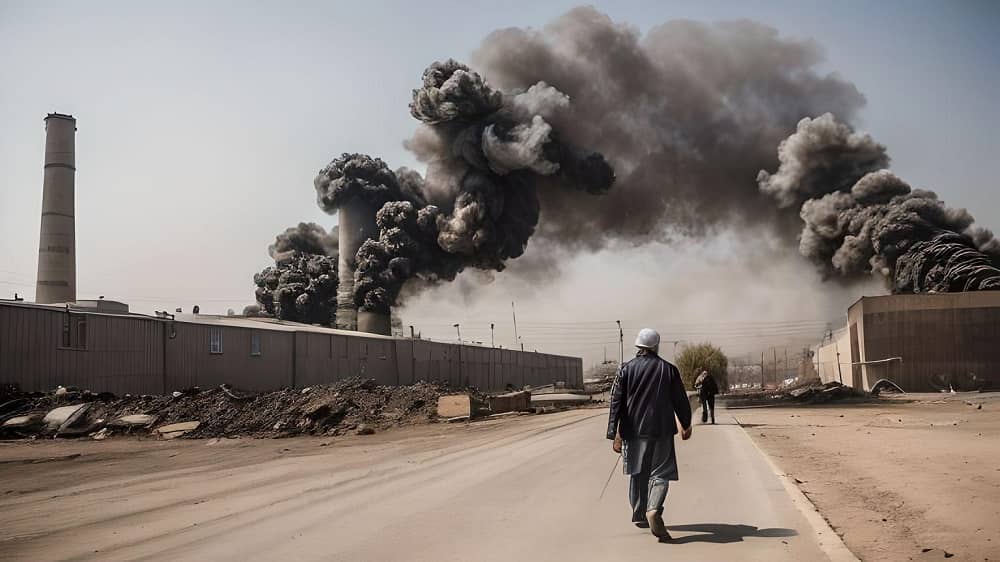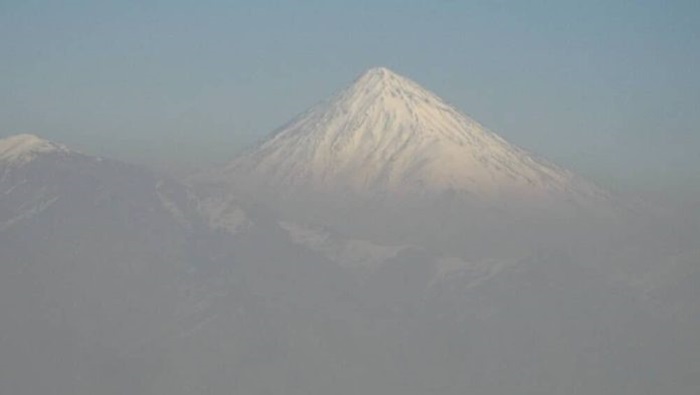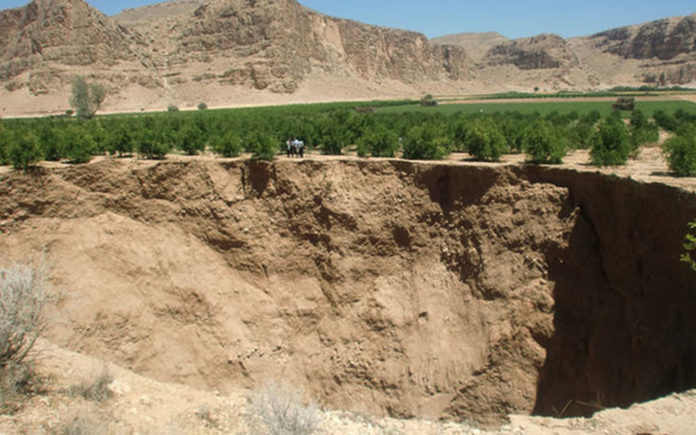

With reports unveiled at the World Economic Forum in Davos in association with Yale and Columbia Universities, Iran’s positioning has been fluctuating over the years, but recent data paints a grim picture.
Although there was a slight improvement in subsequent years, the drastic inconsistencies underscore the discrepancies between official accounts and ground reality.
A staggering revelation from these reports is the dramatic reduction in Iran’s forest cover. In four decades, forested lands have plummeted from 21 million hectares to a mere 14 million hectares. This reduction not only jeopardizes the local ecosystem but is also a massive shift from the global per capita average of 8% per hectare. Iran’s dwindling renewable water resources further accentuate the environmental crisis. Air pollution, too, has caused economic damage worth $16 billion as of 2016. The erosion of soil, surpassing global averages, further aggravates the situation.

Iran’s ecological challenges are deeply interconnected with its socio-political milieu. The nation, once nearly self-sufficient in food production, now faces the threat of permanent dependence on imports. Despite abundant natural resources, including oil and gas, the clerical regime’s actions have wreaked havoc on the environment, with over-exploitation leading to significant ecological problems, such as the destruction of the globally recognized Hyrcanian forests and advancing desertification.
Population surges exacerbate the strain on the environment. With a growth rate of 3.6%, maintaining infrastructure, housing, and education has become an uphill battle. Yet, funds are being channeled toward suppressing the populace and fostering regional instability.

Although Iran has affixed its signature to various international environmental accords and drafted detailed environmental regulations, there’s a gaping chasm between policy formation and enforcement.
Debates around the valuation of ecosystems are polarized. Environmental ethicists challenge the monetization of nature, asserting that nature possesses intrinsic value. Emerging methodologies for evaluating ecosystem changes advocate for a holistic, adaptive approach that aligns with democratic societies valuing nature in multifaceted ways.

In light of this environmental catastrophe, decades of mismanagement and corruption by Iran’s ruling clerics have exacerbated both internal and external degradation. The intertwining of Iran’s environmental and socio-economic crises signifies the inability of the current leadership to steer the country out of its predicament. With citizens rallying for “Freedom and Water,” demanding a government change, it prompts a crucial question for the global community: Which side should the free world choose?

MEK Iran (follow us on Twitter and Facebook), Maryam Rajavi’s on her site, Twitter & Facebook, NCRI (Twitter & Facebook), and People’s Mojahedin Organization of Iran – MEK IRAN – YouTu







